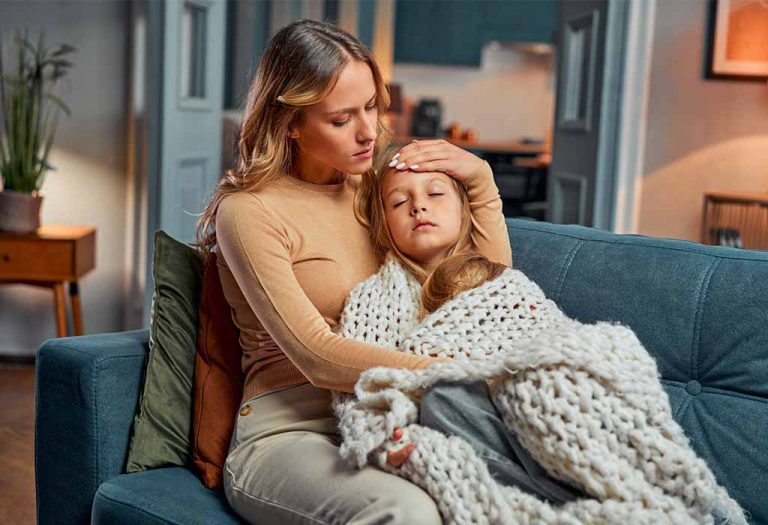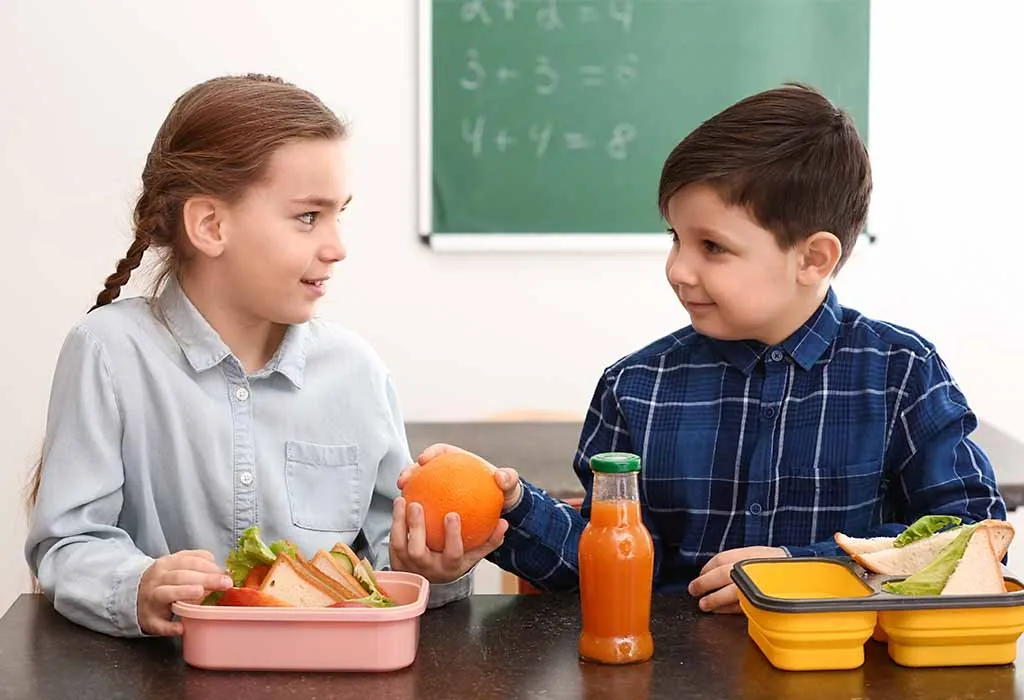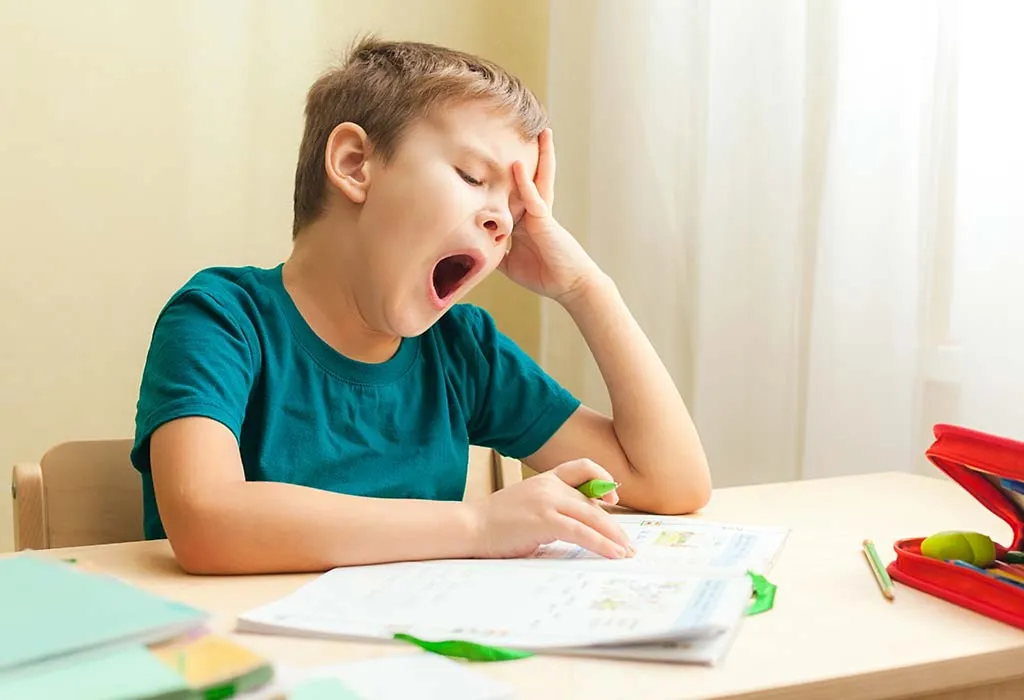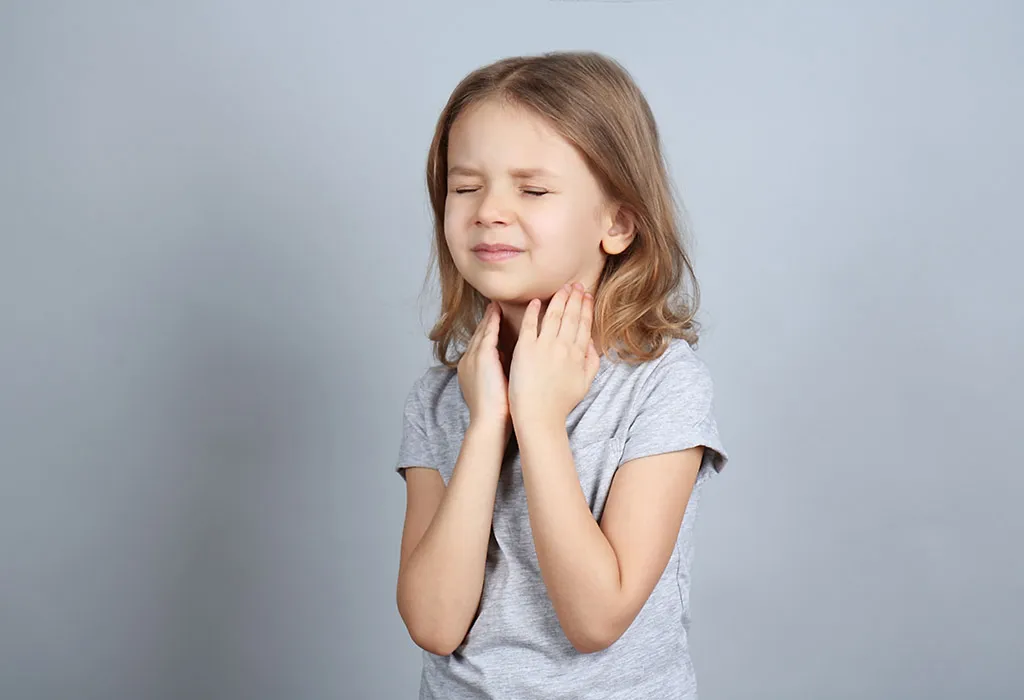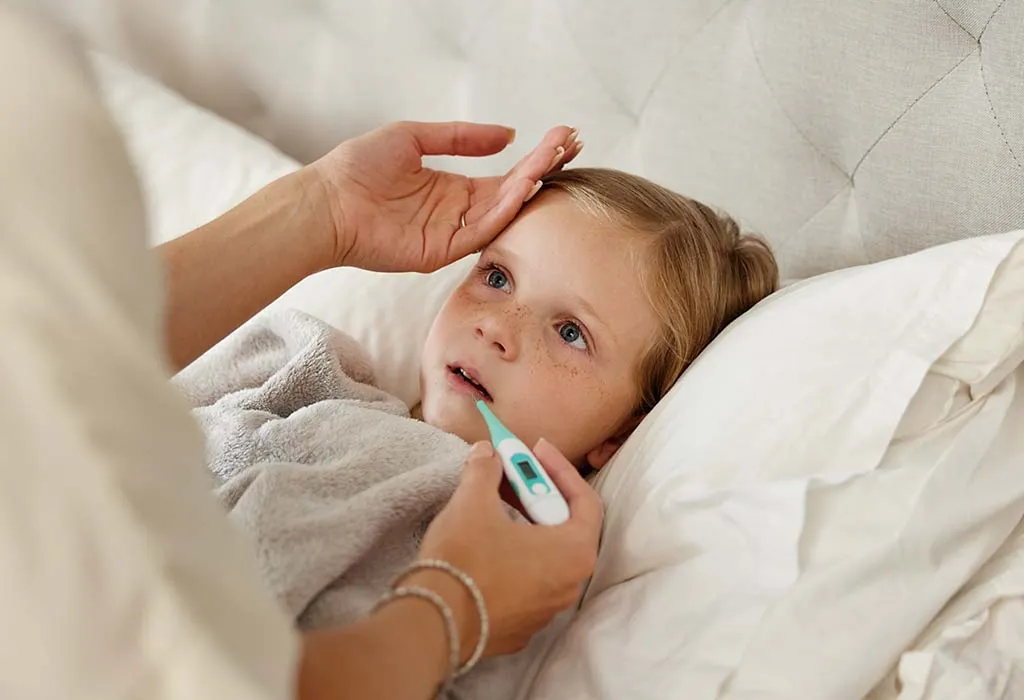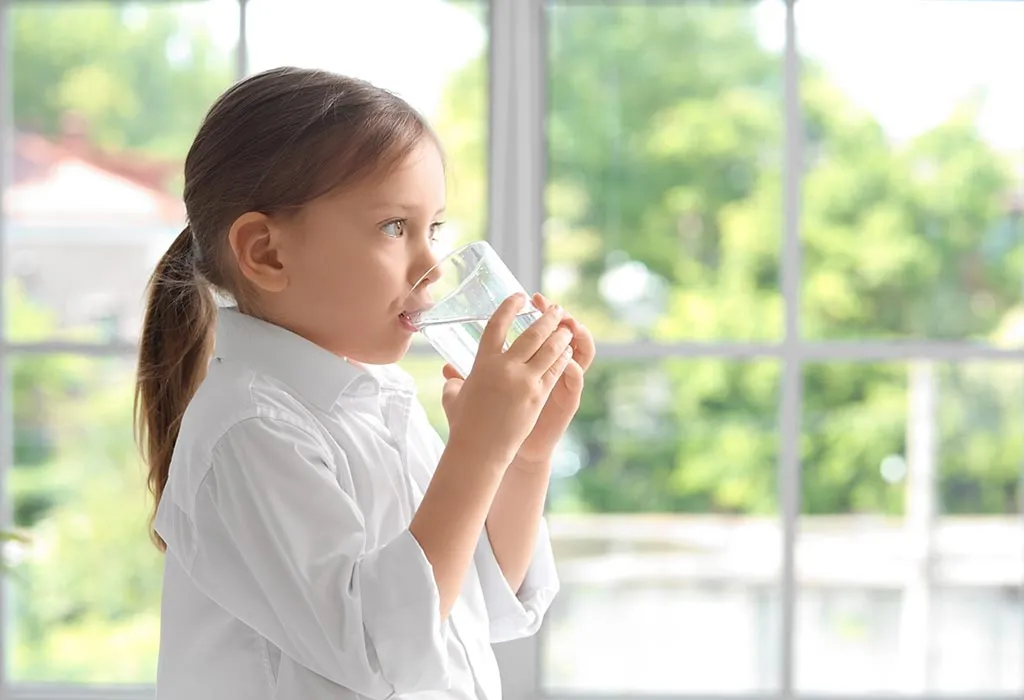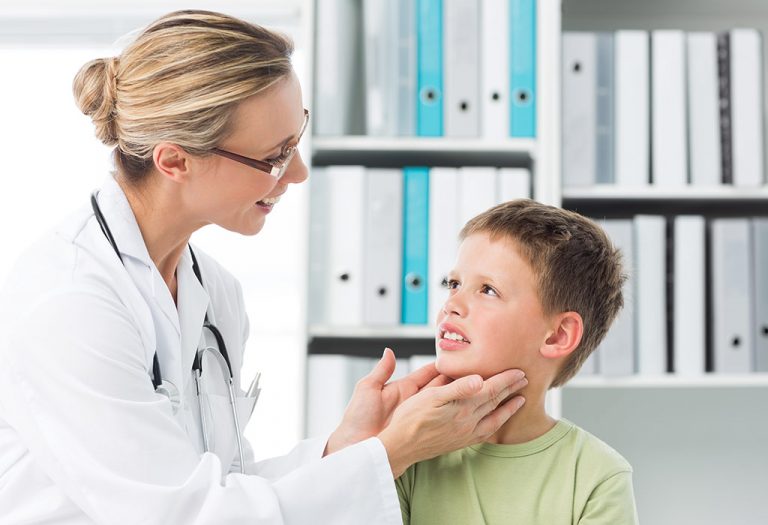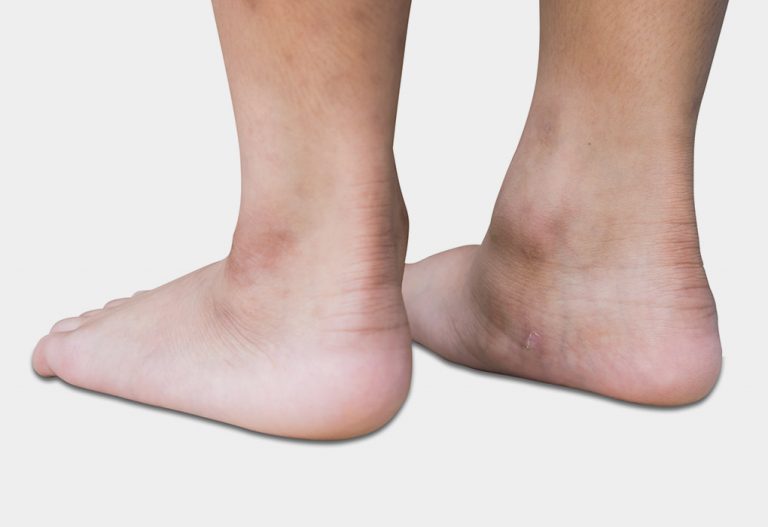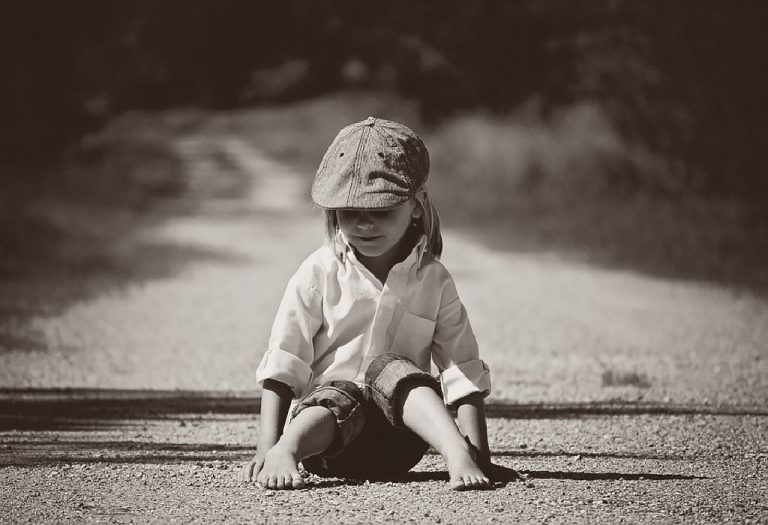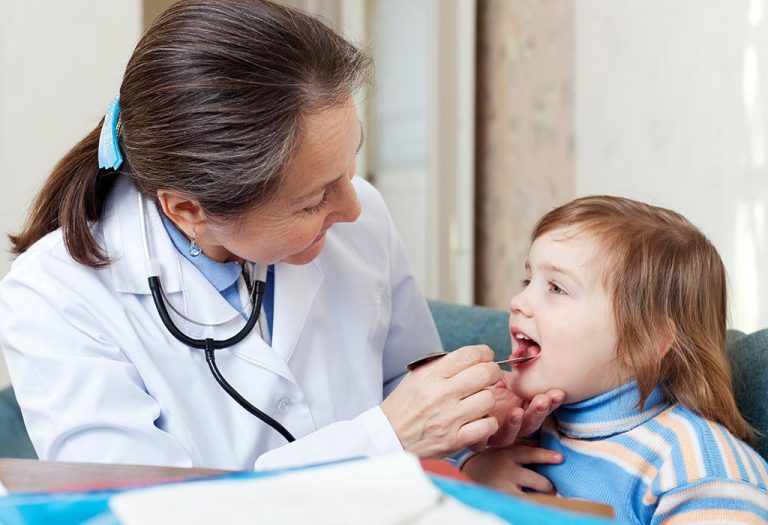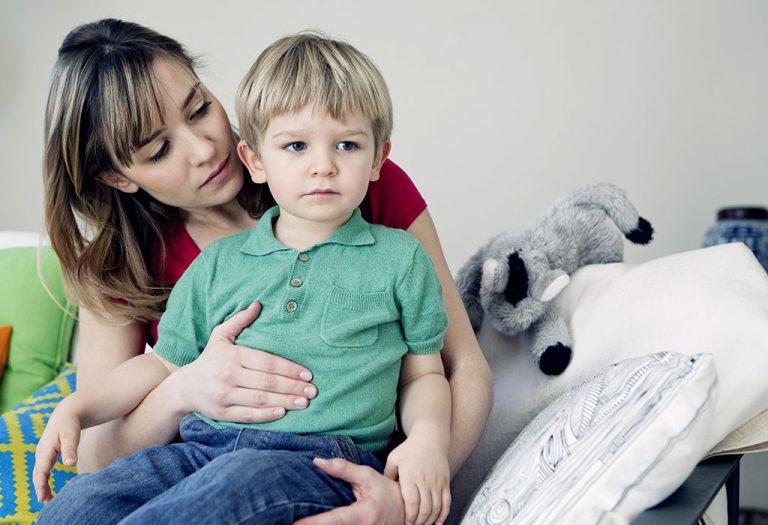Mononucleosis (Mono) in Kids – Causes, Symptoms, and Treatment
Kids are known for their endless energy; running, playing, and bouncing from one activity to another. So when your child suddenly seems unusually tired, has a sore throat that won’t go away, or is running a fever, it’s natural to worry. While these symptoms can come from a simple cold or other minor illnesses, sometimes they point to something else, like mononucleosis.
Mononucleosis, often called “mono” or the “kissing disease,” is an illness that can affect people of all ages, but kids and teens are especially prone to it. While it might sound scary, knowing the causes, symptoms, and treatments can help parents act quickly and make recovery smoother for their child.
Curious to know how to handle mononucleosis in kids like a pro? Keep reading; we’ve got everything you need to know!
What Is Mono (Mononucleosis)?
Mononucleosis, often shortened to “mono,” is a viral infection most commonly caused by the Epstein-Barr virus (EBV). It spreads mainly through saliva, which is why it’s sometimes called the “kissing disease”. While it’s usually not dangerous, it can take several weeks for kids to fully recover (1).
What Causes Mono in Kids?
Many parents want to know, how can kids get mono in the first place? The condition is most often linked to the Epstein–Barr virus (EBV). Once inside the body, the virus remains hidden for about 4 to 6 weeks before signs of illness begin to show (2).
How kids can catch it:
- Sharing food, drinks, or utensils with an infected person. Even a quick sip from someone else’s water bottle can spread the virus.
- Saliva contact, such as kissing relatives, sharing toys that go in the mouth, or even “pretend cooking” games where spoons are swapped.
- Coughs or sneezes from someone who has the virus; droplets can land on hands, toys, or surfaces.
- Sharing personal items like toothbrushes, lip balm, or even towels.
What Are the Symptoms of Mono in Kids?
Mono symptoms in kids can take a few weeks to appear after infection. They often start mild but can get worse if untreated. Here’s what to look out for (3) (4) (5):
1. Fatigue
Children with mono often feel unusually tired, even after getting enough rest. This fatigue can last for weeks and may interfere with school or play activities.
2. Sore Throat
A painful, persistent sore throat is one of the hallmark symptoms of mono. It may be severe and last longer than a typical viral sore throat.
3. Swollen Lymph Nodes
Swelling in the lymph nodes, especially in the neck and armpits, is common. These areas may feel tender to the touch.
4. Fever
A mild to moderate fever often accompanies mono, sometimes fluctuating throughout the day.
5. Enlarged Tonsils
Tonsils may become red, swollen, and coated with a whitish layer, making swallowing uncomfortable.
6. Muscle Aches
General body aches and muscle discomfort may make a child feel weak or irritable.
7. Enlarged Spleen
In some cases, mono can cause the spleen to enlarge, which may result in abdominal discomfort and require caution with physical activities (6).
How Is Mono Diagnosed in Children?
Because mono can mimic other illnesses, it can be tricky to know how to diagnose mono in a child with similar symptoms. A doctor will usually start with a physical exam, checking the throat, lymph nodes, and sometimes the size of the spleen (2). If mono is suspected, blood tests such as the monospot test or EBV antibody tests can confirm it (4).
How Is Mono Treated in Children?
There’s no “instant fix” for mono, but there are plenty of ways to help your child feel better and recover faster.
Because EBV is a virus, antibiotics won’t help, and mono treatment for a child usually focuses on managing symptoms and protecting overall health. Here are a few things that can help (3) (5).
1. Plenty of Rest
Let your child rest as much as their body needs; pushing through fatigue can slow recovery.
2. Stay Hydrated
Water, warm herbal teas, soups, and electrolyte drinks keep them hydrated and soothe the throat (6).
3. Pain & Fever Management
Doctor-approved acetaminophen or ibuprofen can help with fever and aches. Avoid aspirin in children (risk of Reye’s syndrome) (7).
4. Soothe the Throat Naturally
Warm saltwater gargles or ice pops can provide quick relief (4).
5. Avoid Contact Sports
If the spleen is enlarged, your child should avoid contact sports or heavy lifting for at least 3-4 weeks to prevent injury.
Measures You Can Take to Prevent Mono
While you can’t bubble-wrap your child from every germ, a few smart habits can lower the risk (5) (7).
- Teach kids not to share cups, bottles, utensils, or toothbrushes.
- Encourage frequent and proper handwashing.
- Remind them to cover their mouth when coughing or sneezing.
- Keep sick children home until they’re feeling better.
When to Consult a Doctor?
Call your paediatrician if your child (4) (7):
- Has trouble breathing or swallowing.
- Develops severe abdominal pain.
- Shows yellowing of the skin or eyes (possible liver involvement).
- Has a persistent high fever or symptoms lasting more than 10 days.
FAQs
1. How long does mono last in children?
In most children, symptoms of mononucleosis (mono) last about 2 to 4 weeks, though some may feel fatigued for several weeks longer (2) (6).
2. Is it safe for a child with mononucleosis to attend school?
Parents often wonder, Can a child go to school with mono, especially when the symptoms seem mild. The truth is, children should stay home if they have a fever, sore throat, or extreme tiredness, both for their comfort and to prevent spreading the virus. They can return to school once they feel better and a doctor says it’s safe.
3. How long are children with mono contagious?
Children with mono are most contagious during the first few weeks of illness, but the virus (Epstein-Barr virus) can remain in their saliva for months after recovery. Because it can be spread even without symptoms, practising good hygiene, like not sharing drinks or utensils, is important.
Childhood mono can be a drawn-out illness, but it’s rarely a cause for alarm. What truly makes a difference is the love, patience, and reassurance a child feels while they recover. And sometimes, that extra hug or smile from you is the best medicine of all.
Also Read:
Encephalitis in Kids
Typhoid in Children
Measles(Rubeola) in Kids
Combating Chronic Health Conditions in Children
Was This Article Helpful?
Parenting is a huge responsibility, for you as a caregiver, but also for us as a parenting content platform. We understand that and take our responsibility of creating credible content seriously. FirstCry Parenting articles are written and published only after extensive research using factually sound references to deliver quality content that is accurate, validated by experts, and completely reliable. To understand how we go about creating content that is credible, read our editorial policy here.
1. Cleveland Clinic – Mononucleosis
2. Nemours KidsHealth – Mononucleosis (Mono)
3. Centers for Disease Control and Prevention – About Infectious Mononucleosis (Mono)
4. Icahn School of Medicine at Mount Sinai – Mononucleosis
5. Johns Hopkin Medicine – Infectious Mononucleosis
6. National Library of Medicine – Mononucleosis
7. Nationwide Children’s Hospital – Mononucleosis (Infectious)





